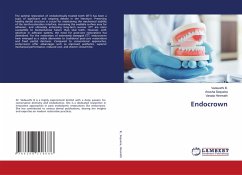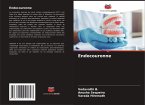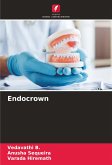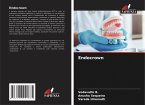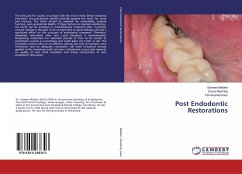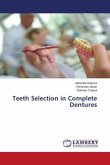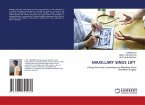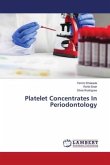The optimal restoration of endodontically treated teeth (ETT) has been a topic of significant and ongoing debate in the literature. Preserving healthy dental structure is crucial for maintaining the mechanical stability of the tooth-restoration interface, increasing the available surface area for adhesion, and ultimately enhancing long-term success. ETT are more susceptible to biomechanical failure than vital teeth. However, with advances in adhesive systems, the need for post-core restorations has diminished. For the restoration of extensively damaged ETT, endocrowns have emerged as a viable alternative to traditional post-core restorations and fixed partial dentures. Compared to conventional approaches, endocrowns offer advantages such as improved aesthetics, superior mechanical performance, reduced cost, and shorter clinical time.
Hinweis: Dieser Artikel kann nur an eine deutsche Lieferadresse ausgeliefert werden.
Hinweis: Dieser Artikel kann nur an eine deutsche Lieferadresse ausgeliefert werden.

